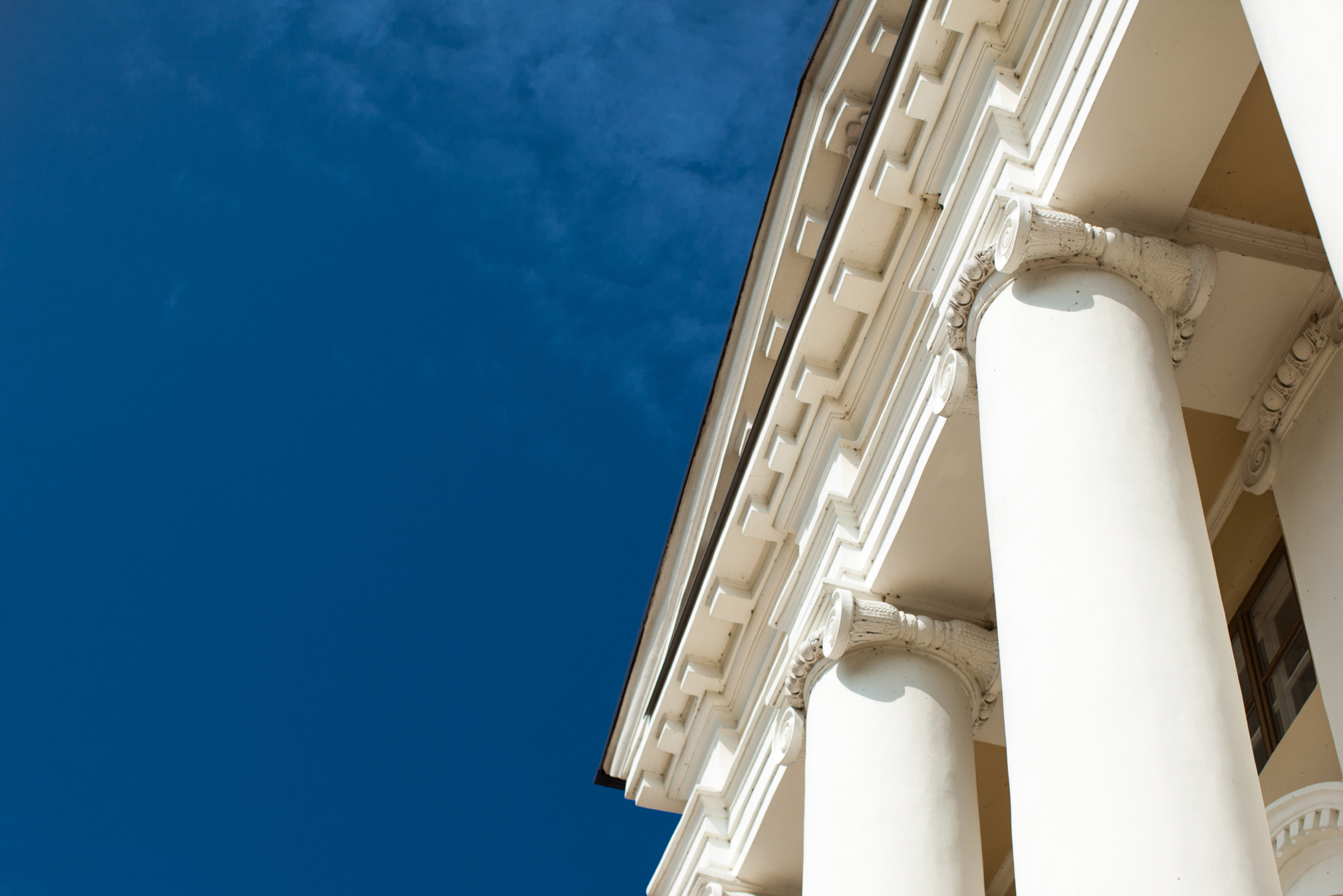An open letter to the next administration.
Innovation is not a partisan activity, and prize competitions in particular offer an opportunity to collaborate in the service of solving the world’s thorniest problems. In 2010, the bipartisan America COMPETES Reauthorization Act provided federal agencies with the authority to conduct prize competitions “to stimulate innovation that has the potential to advance the mission of the respective agency.” By 2022, more than 100 federal agencies had produced over 2,000 prizes.
Incentive prizes are not new. For hundreds of years, governments have used prize competitions to accelerate scientific discovery and emerging technologies. In the 18th century, Britain offered a significant prize purse for advancements in seafaring navigation; now we have longitude. And in 1795, Napoleon offered 12,000 francs for a new invention that would preserve food; now we have canned goods.
Open innovation takes many forms; prize competitions are one of the most powerful and visible mechanisms to accelerate the development of effective and scalable innovations. In the federal environment, prizes are a useful tool to complement more traditional research and development (R&D) methods, such as grants or contracts. Pull mechanisms like incentive prizes are a particularly effective way to stimulate the market to do something it will not do on its own or within a particular time frame. Prizes can create positive urgency for needed solutions and create momentum for foundational science that has surpassed the grant stage –– but is still too early for institutional investors. Prizes can also expand the pool of participants and possibilities, or explicitly invite knowledge from analogous fields.
Luminary Labs has been responsible for designing and producing prizes under three — soon to be four — different administrations and for more than 10 different federal agencies. Across all sectors, these open innovation programs represent over $370 million in non-dilutive funding to accelerate the development of effective, scalable solutions to important problems. For example:
- Mission Daybreak, a $20 million grand challenge to reduce Veteran suicides, has evolved to provide technical assistance and integration to leading teams. One winner, ReflexAI, launched HomeTeam to provide human support through scalable AI-driven training roleplays. More than 734,750 Veterans have been impacted by the larger cohort of Mission Daybreak solutions. Building on this success, VA issued an ambitious Broad Agency Announcement (BAA) on suicide prevention to source and fund early-stage research, development, prototyping, and piloting.
- Last week, CDC announced Phase 2 winners of the Lead Detect Prize, a $1 million challenge to enhance testing for lead in children. Meridian Bioscience, the first-place winner, is using electrochemical sensors to detect lead by measuring the electrical current in a blood sample. Other winning teams use optical technology, blood glucose meters, and DNAzyme sensors to detect lead in blood. The prize motivated teams with longstanding investment in blood lead testing — as well as solvers who have never before worked in the space — to put forth new approaches and improve on existing options.
- And the results of MagQuest, now in Phase 4, will inform the National Geospatial-Intelligence Agency’s acquisition strategy for a WMM global magnetic field data collection capability, with an expected procurement that can provide operational capacity to support production of the WMM2030. With MagQuest, the U.S. government has taken a proactive approach to identifying new methods of data collection for the World Magnetic Model, which helps power mobile navigation apps in more than a billion smartphones.
Through this work, we have learned that partnership is prerequisite for solving the nation’s most pressing problems, and prizes create an opportunity for America to incentivize its best and brightest to develop solutions that improve American lives and boost the U.S. economy. But after more than a decade of successful prizes, the true potential of the COMPETES Act has barely been tapped. The next administration has an opportunity to harness the power of prizes for the greater good. With that in mind, we offer the following recommendations:
Modernize and expand guidance
Despite a growing interest in and deployment of prizes in the federal government, agency leaders still encounter barriers when executing such programs. What would help prize leads across agencies run faster and further?
We propose an evergreen resource to ensure that federal agencies and their general counsels have a common understanding of what is allowed under the various prize authorities, including the COMPETES Act. On our wish list for the future: updated memos (or perhaps online courses) addressing the Paperwork Reduction Act (PRA), Federal Advisory Committee Act (FACA), judging, and private-sector collaboration. All of these considerations are frequently raised by counsel regardless of how many prizes an agency has produced –– slowing down the innovation process. While precedent from other agencies is often sought, individual agencies may issue their own guidance, resulting in differing interpretations –– or even contradictory guidance –– related to any given authority.
While a 2010 memo suggests that open calls for prize submissions may not be subject to the Paperwork Reduction Act, the same document cautions that structured data and forms –– which are requisite for equitable prizes –– may be covered by the PRA. One way agencies can reduce friction is to consider a generic clearance such as the Department of Commerce’s 2023 notice.
A different 2010 memo suggests that prizes may be subject to the Federal Advisory Committee Act if they convene non-federal judges or advisors. But effective prize administration often requires working with external experts to design the program, review submissions, or assemble a judging panel. Updated guidance could help agencies by clarifying that FACA does not apply as long as the agency’s employees make the final decision on awarding prizes and these external experts are providing input but are not asked to “vote or veto.”
Agencies would also benefit from detailed guidance on managing potential conflicts of interest. Clear definitions and tools, such as recusal for individual submissions, can be easily implemented to avoid real or perceived conflict, and should be employed during judging.
These are just a few examples of common questions across agencies and prizes. Currently, each agency has its own interpretation of laws and regulations — and each agency’s risk tolerance and approach isn’t always clear to federal prize leads. Resources, convenings, or communities of practice for general counsels could help agencies share precedent and make more consistent decisions regarding judging rubrics and processes, intellectual property stance, use of federal grant funds in the development of submissions, and other prize-related rules and terms.
Nurture the community
We applaud the Challenge.Gov team for establishing the Challenge and Prize Community of Practice, issuing a toolkit, and launching a webinar series with best practices and pro tips, such as how to issue an agency directive to create a foundation for more consistent prize practices. This long-standing and growing body of work should continue to be supported and provided with the budget to expand access so that all federal agencies can share the same benchmarks.
To complement this foundational work, we encourage the next administration to return to the practice of appointing a Grand Challenges Lead within the White House Office of Science and Technology Policy (OSTP) to expand the use of open innovation in the federal government. As a visible and political lead, this individual can serve as a guiding light, champion best practices, and engage government leaders at the highest level.
We also envision a return to more intentional dialogue between prize competition experts, including private and nonprofit organizations with prize expertise and vendors responsible for designing and producing prizes. We welcome a return to government-hosted convenings –– such as industry days –– to foster sharing of novel approaches and emerging best practices. For example, in 2012, OSTP, the Case Foundation, and the Joyce Foundation convened a workshop on public-sector prizes, and in 2015, HHS held a COMPETES mini-accelerator with government partners and vendors to transfer knowledge and expertise regarding prizes.
Inspire the world by pushing the boundaries of prizes
In recent years, a number of federal agencies have demonstrated courage and creativity to develop and fund increasingly complex and large-scale prizes. For example, by fully funding the $50 million Patch Forward Prize through 2028, BARDA avoided the annual budget challenge many agencies face when designing and producing multiyear, multistage challenges. We also appreciate the recognition that non-monetary incentives, such as accelerator services, data, or technical assistance, are what innovators value –– and need –– most.
We encourage the next administration to consider how additional incentives, such as advance market commitments (AMCs) or advance purchase agreements, could further stimulate the development of innovations with a high social value. One idea would be to explore if an AMC could constitute a prize in and of itself. Alternatively, an AMC could be offered in a parallel track to complement a prize.
To arrive at this determination, we propose that the next administration give AMCs the “prize treatment,” engaging experts from the prize design and market-shaping communities to explore the art of the possible. For example, The University of Chicago’s Market Shaping Accelerator has incentivized the development of market-shaping approaches for climate change and pandemic preparedness. This includes supporting SPRIND, the German Federal Agency for Disruptive Innovation. We believe that U.S. federal agencies have an opportunity to inspire the world by embracing new and open methods to accelerate development of the innovations that matter most.



